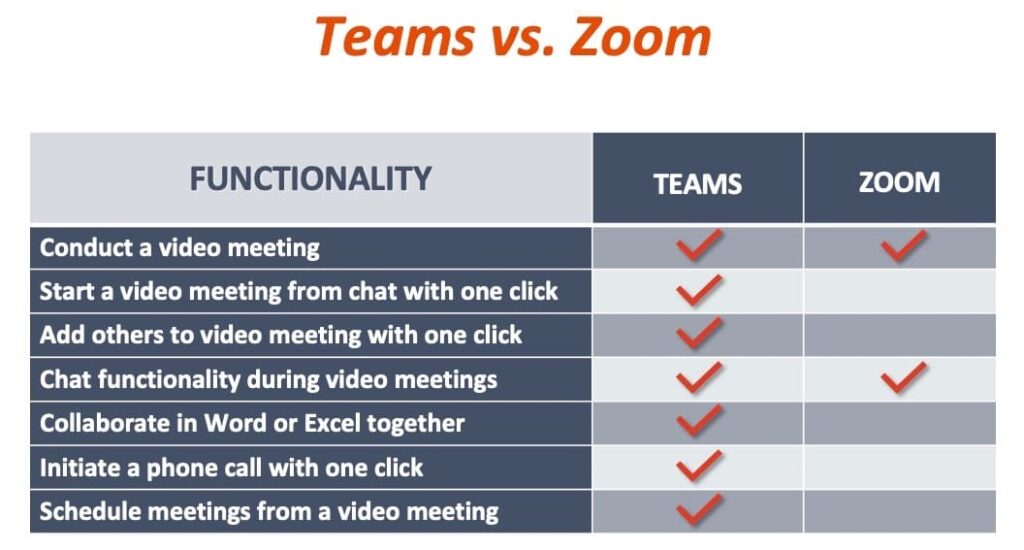Zoom and Skype are popular video conferencing tools that are compared and contrasted in this article. Zoom has a simpler interface, superior video quality, advanced screen sharing capabilities, and better security features than Skype. It offers a free version for unlimited one-on-one video calls and up to 40 minutes of group video calls, with various pricing plans for businesses and enterprises. On the other hand, Skype is free to use, but to make phone calls or have group video chats, a subscription is required. Ultimately, the choice between the two depends on individual needs and preferences.
Zoom vs. Skype: Which Video Conferencing Tool is Superior?
Introduction
As the world becomes more reliant on remote communication, video conferencing tools have become a necessity. Two of the most popular are Zoom and Skype. In this article, we will compare and contrast the two tools and determine which one is superior.
User Interface
Zoom has a clean and simple interface, which makes it easy to use even for those who are not familiar with video conferencing. The main screen shows the video of the person speaking, and it highlights the person who is currently speaking, so it’s easy to keep track of who is talking. On the other hand, Skype’s interface is cluttered, and it can be challenging to figure out how to use it correctly.
Video and Audio Quality
Both Zoom and Skype are known for their high video and audio quality. However, Zoom has an advantage over Skype as it uses the H.264 video codec, which provides better video quality at a smaller video size. Additionally, Zoom has a feature that automatically adjusts the audio and video quality based on the available bandwidth, which ensures that you get the best possible audio and video quality at all times.
Screen Sharing
Skype and Zoom both offer screen sharing capabilities, but Zoom is more advanced in this regard. With Zoom, you can share your entire screen, an application window, or a portion of your screen, whereas with Skype, you can only share your entire screen. Moreover, Zoom has an annotation feature that allows the presenter or viewers to draw on the screen or highlight important points, making it an ideal tool for presentations and remote collaboration.
Security and Privacy
Zoom has received a lot of criticism for its security and privacy issues, but the company has taken significant steps to improve its security features over the past years. It now offers end-to-end encryption, two-factor authentication, and waiting rooms to control who can join the meeting. On the other hand, Skype’s security features have been praised for their reliability as it uses the Microsoft authentication system, which is known for its high security standards.
Pricing and Features
Zoom and Skype offer a range of pricing options for their users. Skype is free to use, but if you want to make phone calls or have group video chats, you will need to pay for a subscription. Zoom, on the other hand, has a free version that allows for unlimited one-on-one video calls and up to 40 minutes of group video calls. It also offers various pricing plans for businesses and enterprises with advanced features such as recording, cloud storage, and integrations.
Conclusion
In conclusion, both Zoom and Skype are excellent video conferencing tools with their own unique features and benefits. Zoom is a better option for businesses and remote collaboration due to its advanced screen sharing capabilities and security features. However, Skype is an excellent tool for personal use or small businesses that don’t require advanced features. Ultimately, the choice between the two tools will depend on your needs and preferences.
